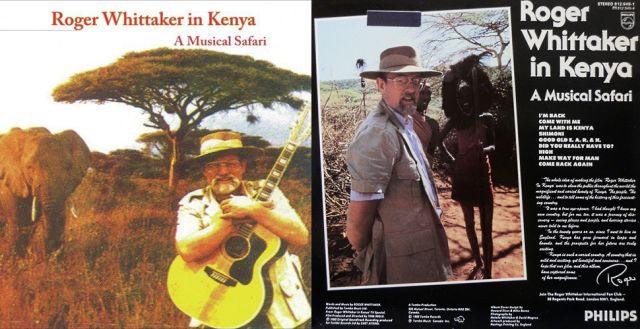
HISTORICAL PLACES
22-01-2021 by Freddie del Curatolo
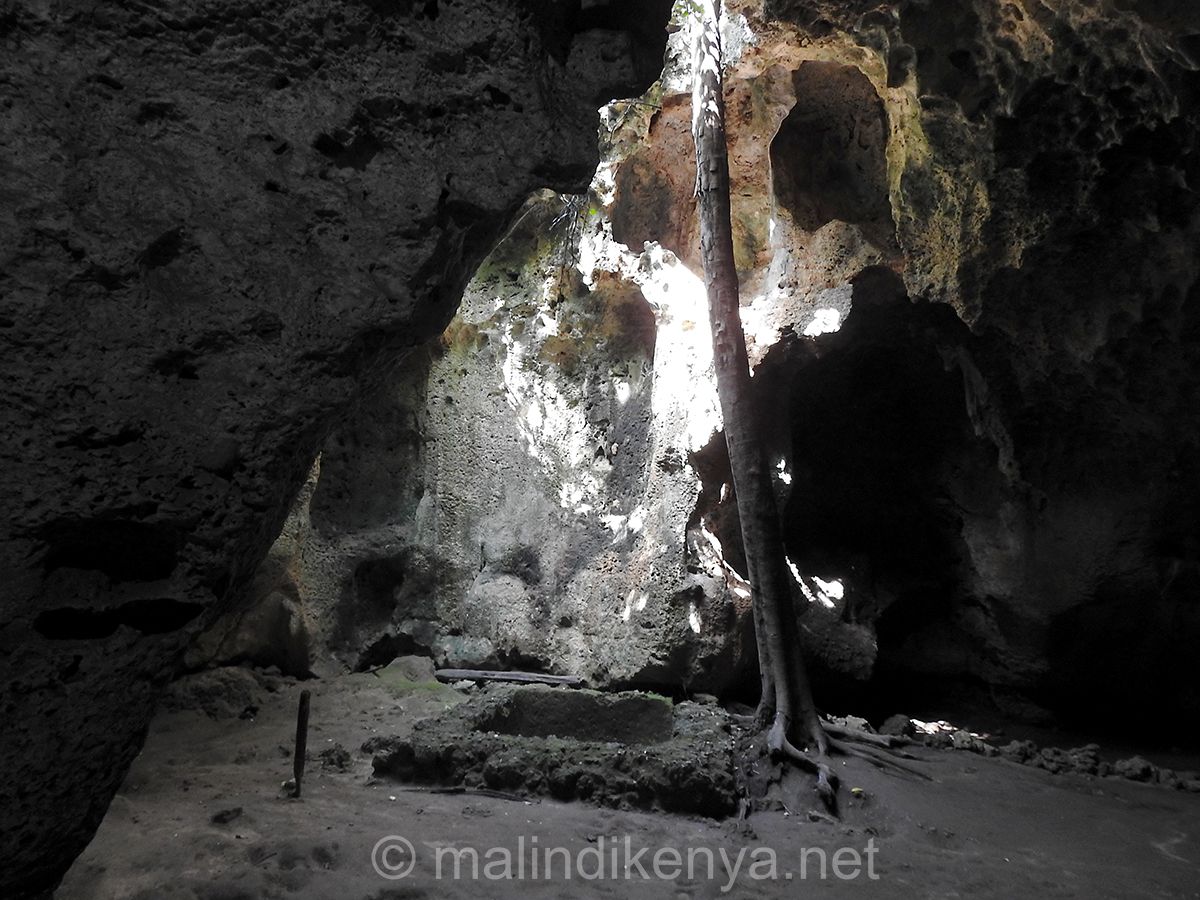
Shimoni in the Swahili language literally means 'place of the cave'.
Often, villages in Kenya are named after the reasons why they were formed or came into being on the edges of roads that began to be trade routes, especially maritime ones.
In the case of Shimoni, a village on the south coast a few kilometres from the Tanzanian border, the ancestral presence of caves, which were once a place of worship and sacred rites of the animist populations, has given its name to the entire area.
Today, only one part of these caves can be visited, what was once a vast sea cave that could be reached by boat. But there were many natural caves of karstic origin scattered in the immediate hinterland. Some of them were connected by tunnels and allowed the population to hide and barricade themselves to protect themselves from enemies, or to cultivate customs linked to esotericism and black magic.
Today, the caves closest to the ocean can be visited and are part of a community-run museum that recalls the dramatic period of Arab slavery on the Kenyan coast.
Here in Shimoni, as in other identifiable locations with chained detention sites and museums, including Bagamoyo in Tanzania and Takaungu near Kilifi, the sultans of Zanzibar sent their ships to capture the natives and sell them to Omani and Persian merchants, employ them on large sailing ships and in heavy labour related to the trade in timber, stone and spices.
The chains cemented into the rock of the Shimoni caves tell of the inhuman conditions in which African slaves were kept while waiting for Arab boats to come and pick them up.
The stone tanks where they were immersed and fed on dates and nothing else, and where the light barely penetrated, with no possibility of escape, can be visited in caverns full of stalagmites and sudden lagoons, and home to rare species of bats.
A place to visit not so much for the uniqueness of these caves, but to learn about Kenya's not-so-distant history and relive it in the original setting where it all happened.
Shimoni can be reached from Mombasa by taking the road to Ukunda and continuing straight on for about 30 kilometres after the junction for the popular tourist resort of Diani. At the signposted junction, after the large sugar factory in Ramisi, leave the main road and turn left.
As of 2019, the 12km road to Shimoni is paved.
The price for entrance to the caves with a guide is Kes. 400 for tourists and Kes. 200 for residents.
Shimoni is also known and worth a visit for its dolphin-filled marine park and Wasini Island, where you can enjoy delicious, huge crabs and take an interesting walking tour.
Translated with www.DeepL.com/Translator (free version)
FILM
by Freddie del Curatolo
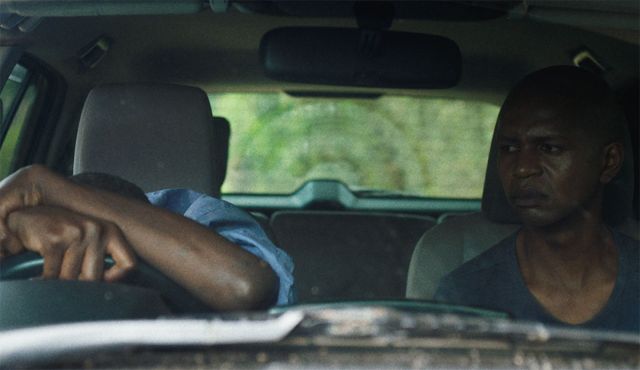
A Kenyan debut director's film takes the podium at the most prestigious African film...
ADVENTURES
by Leni Frau
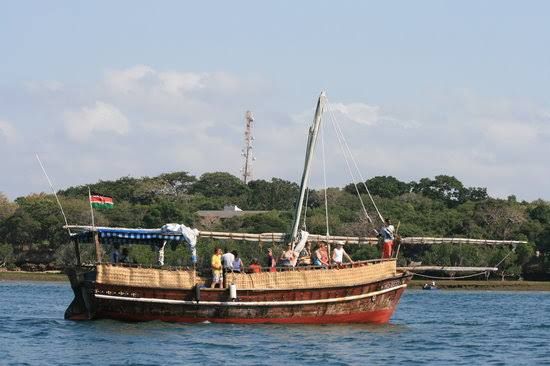
One of the symbols of the Kenyan coast is undoubtedly the dhow, the...
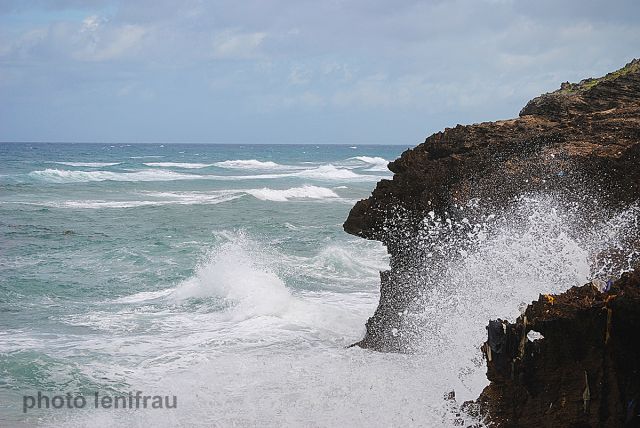
The Song of Kenya today, Thursday, December 10th, more than a song is a wonderful ...
HERITAGE
by redazione
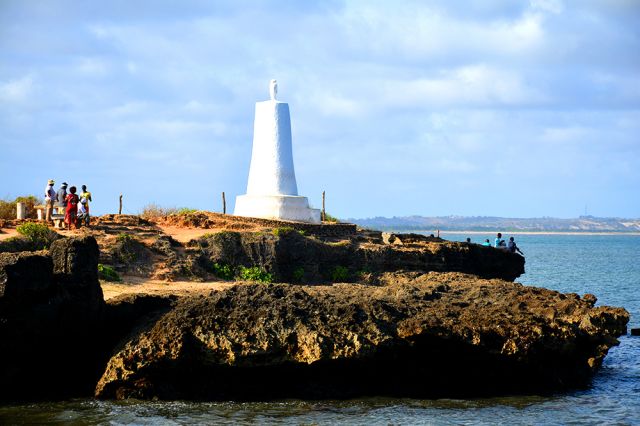
With the necessary distinctions, in ancient Italy we have Pompeii, in Kenya there is the pillar of...
EVENTS
by redazione

The 2022 edition of the 7 Islands Festival tells a unique story that is already a myth for the tourist...
PLACES IN KENYA
by Leni Frau

There is a small place to immerse yourself in nature, between Mount Kenya and Aberdare Forest, about...
by Freddie del Curatolo

His life was all about diving into the sea of creativity, visions, free, wild talent to be imprisoned in tangible, visible...
NEWS
by redazione

Kenya's President Uhuru Kenyatta and his deputy, William Ruto, launched this election afternoon at the Kasarani Stadium in Nairobi on the election manifesto of their Jubilee party with government programs of the next mandate.
MALINDI
by redazione

Among the baobab and the tip of Vasco Da Gama, topped by the huge stone monument erected in honor of the Lusitanian navigator, he survives the story of the first European Malindi.
A story that these days the Museum of...

Hell's Gate National Park in Naivasha was closed until a date to be determined.
This...
THE LAST FAREWELL
by Freddie del Curatolo
